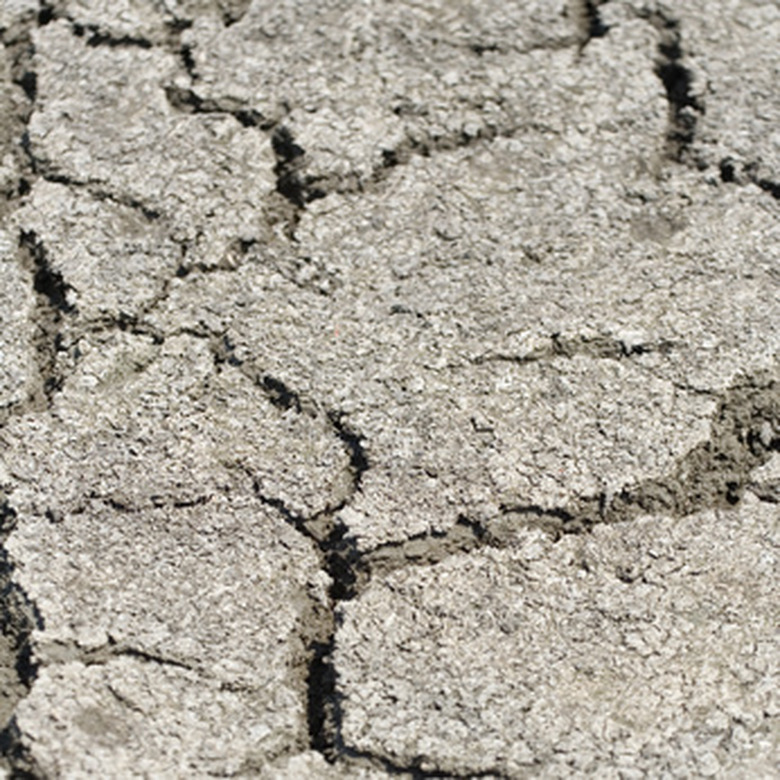How To Use Gypsum On Clay Soil
Things Needed
- Shovel
- Bucket
- Newspaper
- Sandwich bag
- Rototiller
- Spade
- Rake
Gypsum is a powdered soil amendment that landscaping experts frequently recommend for loosening hardpan clay soils. Gypsum is a form of hydrated calcium sulfate. In clay soil, gypsum helps to hold clay particles together in clumps, which improves soil structure. Compared to soil conditioners such as limestone, gypsum is soluble in water and can be spread over the soil for noticeable improvement. Clay soil composition will improve more if a gardener digs the amendment into the soil instead of top-dressing soil with it.
Step 1
Test your soil by digging 1 qt. of soil from up to 10 soil samples from across your plot of land.
- Gypsum is a powdered soil amendment that landscaping experts frequently recommend for loosening hardpan clay soils.
Step 2
Mix the soil in a bucket and pick out any debris such as grass roots, sticks or rocks.
Step 3
Spread the soil across a newspaper and allow it to dry. Collect 1 cup of soil into a sandwich bag and send it to a soil laboratory for testing. Most agricultural colleges maintain soil testing facilities that can be accessed through your local county extension service. Test results for your soil test will instruct you on how much gypsum to add to your soil.
Step 4
Time application of gypsum for spring or fall, when seasonal rains will help spread dissolved gypsum throughout your soil.
Step 5
Break up your soil to a depth of 12 inches using a rototiller or garden spade.
- Mix the soil in a bucket and pick out any debris such as grass roots, sticks or rocks.
- Test results for your soil test will instruct you on how much gypsum to add to your soil.
Step 6
Spread gypsum over your soil at an application rate based on the test results from step 3. Common application rates range from 40 lbs. per 1,000 square feet to 175 lbs. per 1,000 square feet.
Step 7
Dig gypsum into the soil with a rototiller or rake.
Tip
Gypsum is not recommended for all clay soil. Areas that have a high sodium or calcium content will see little improvement from gypsum. A soil test will help confirm whether your soil needs gypsum or not.
